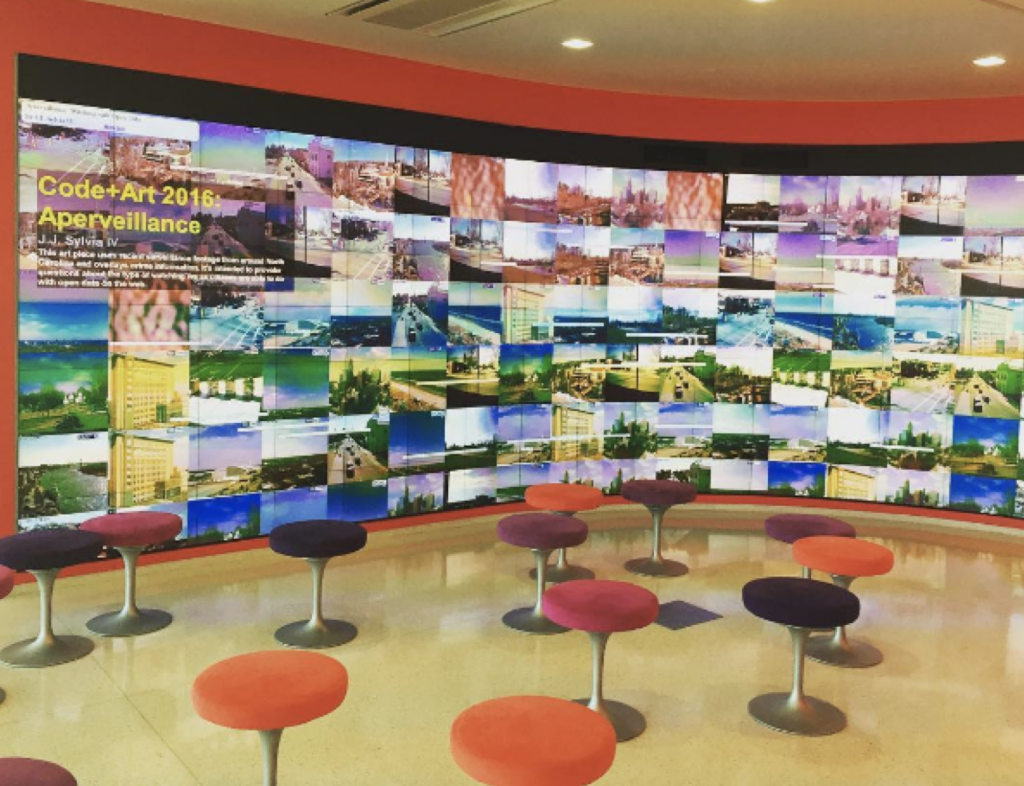Little Brother
George Orwell’s dystopian novel coined the term “Big Brother” for overly intrusive governments that use surveillance to erode privacy. However, in the era of big data, the use of our data in other areas of society should also raise concerns, as we now live in a culture of algorithms. I have elsewhere called the private companies that use our data, as opposed to the government, Little Brother (Sylvia IV, 2016a). Here, too, I have learned that if one is going to care about how data is being used, the consequences of it need to be felt personally. Let me briefly walk through how this approach has developed as part of my professional work on topics related to big data.
Podcast: Living in a Culture of Algorithms
Episode Summary:
danah boyd weaves together her work on youth, privacy, and data-driven technologies, to examine the complicated social and cultural dynamics underpinning social media, the messiness of “big data,” and the problematic implications of using algorithms designed for one problem to address societal issues without accounting for unintended consequences.
Aperveillance
My goal is to make questions about data come alive, using creative and/or artistic practices that allow us to understand the ethical challenges presented by big data in new ways. My first attempt at this was a project titled Aperveillance.

On my website, I describe the project in this way:
While teaching a special topics course (COM/ENG 395) on Big Data and the Rhetoric of Information, I asked my students to create data visualizations with either Tableau or P5.JS, and I joined them in creating my own project for the assignment. Although much of the concern in my field surrounds issues related to surveillance, I thought it would be interesting to think about the types of watching that are now becoming increasingly possible with open data. Thus, I coined the term aperveillance for my project, which derives from the Latin “aper” meaning open, and “veiler” meaning to watch.
This project uses webcam images that are publicly available in North Carolina, primarily around Raleigh, but including other areas of the state… It also uses Raleigh’s open crime data to randomly include information about the previous day’s crimes juxtaposed on top of the webcam images. This is intended to provoke questions about the type of watching we as citizens are able to do with open data on the web. (Sylvia IV, 2016b).
This project was displayed as part of a Code+Art exhibit at the North Carolina State University library and at a local conference. However, on a whim, I made one last-minute tweak to the project, not visible above, which ended up being the most interesting part of the project. For anyone who was viewing the project on a device that had a camera attached or built-in to it, I grabbed an image from that local camera and mixed it randomly into the grid of local webcam photos. This was by far the aspect of the project that generated the most interest while the project was being displayed. To my surprise, audience members posed questions that reflected significant concerns about their privacy once they saw themselves displayed in the data. This served as a moment of inspiration that would lead to my next project.
I should also note that, although this project was viewable live on the web, the images taken from the viewer’s webcam were only ever displayed on the local device on which one was viewing the project. They were never displayed to anyone else via the internet or saved or archived in any way. But, the concerned reactions by viewers helped me better understand that even creative projects like this one, which used local data, would only have the impact I was seeking if the impact was felt in a truly personal way.
‘Aperveillance’ by J.J. Sylvia IV is licensed under a Creative Commons Attribution Non-Commercial Share Alike (CC BY-NC-SA) 4.0 International License

